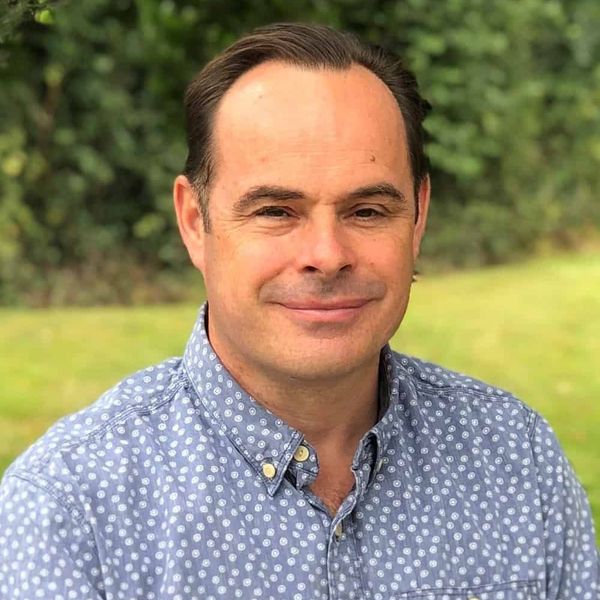Rob Hicks
Director of Marine Programmes and Engagement
Merlin Entertainments
A passionate marine biologist, Rob Hicks serves as Merlin Entertainments ’ director of marine programmes and engagement. In this role, he creates innovative and unique ways to inspire Merlin’s guests to love and protect the sea and its inhabitants. He previously worked as Merlin’s animal welfare and development director. Hicks has been with Merlin’s Sea Life brand and its predecessor Vardon for more than 20 years.
Although the company’s resort theme parks are its most celebrated attractions, Merlin also owns animal attractions, including more than 50 Sea Life aquariums around the world. Conservation and animal welfare have always been a core value at Merlin. Its recent project through the Sea Life Trust marine charity to transport two beluga whales 6,000 miles from China to a new home in Iceland was groundbreaking in many ways.
Hicks has been front and centre in driving Sea Life’s conservation message. Created in partnership with global marine wildlife charity Whale and Dolphin Conservation (WDC) and Merlin’s Sea Life Trust, the Beluga Whale Sanctuary is one of the biggest developments in captive whale and dolphin care and protection in decades. As CEO Nick Varney said: “We are proud of this because it is true to our convictions.”
“Little White and Little Grey were originally taken out of the wild when there were around two, we believe,” Hicks told blooloop. “They were in a ‘benign environment’ where the only stimulus was from humans, for 10 years. That is a huge proportion of their life. They are used to a routine. They’re used to the sun coming up at a certain time; getting fed at a certain time; doing their training for their presentations to the visitors; the visitors coming in.”
“They are learning everything new. Every day is new; every minute is new. Underneath the water, the different environments in the bay are spectacular,” he added. “There are big rocks with huge, strong seaweed, which creates a habitat, localised in the bay. We’ve got smaller rocks which are a little bit more mobile, so they have smaller seaweeds, and then huge areas of sand, which is important for belugas. Across these 32,000 square metres of the bay, there are all these different stimuli.”

